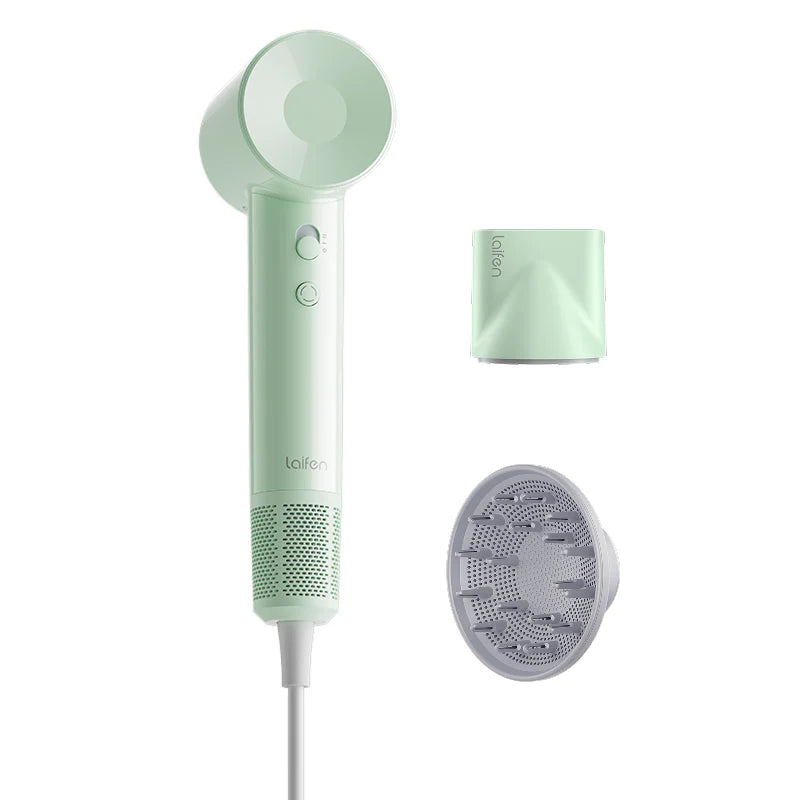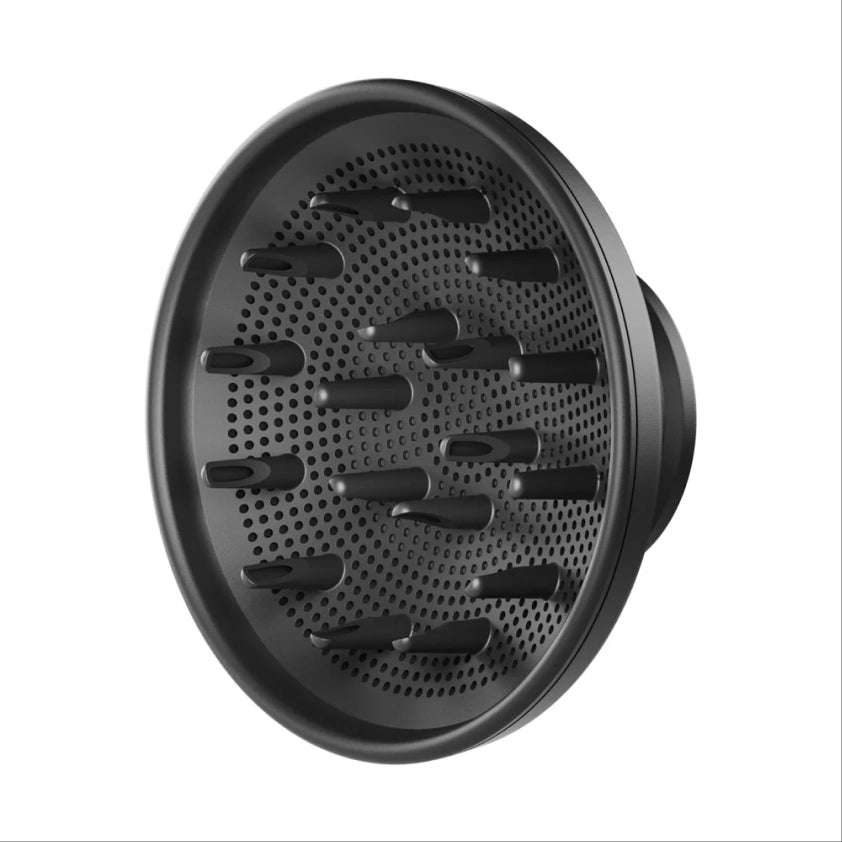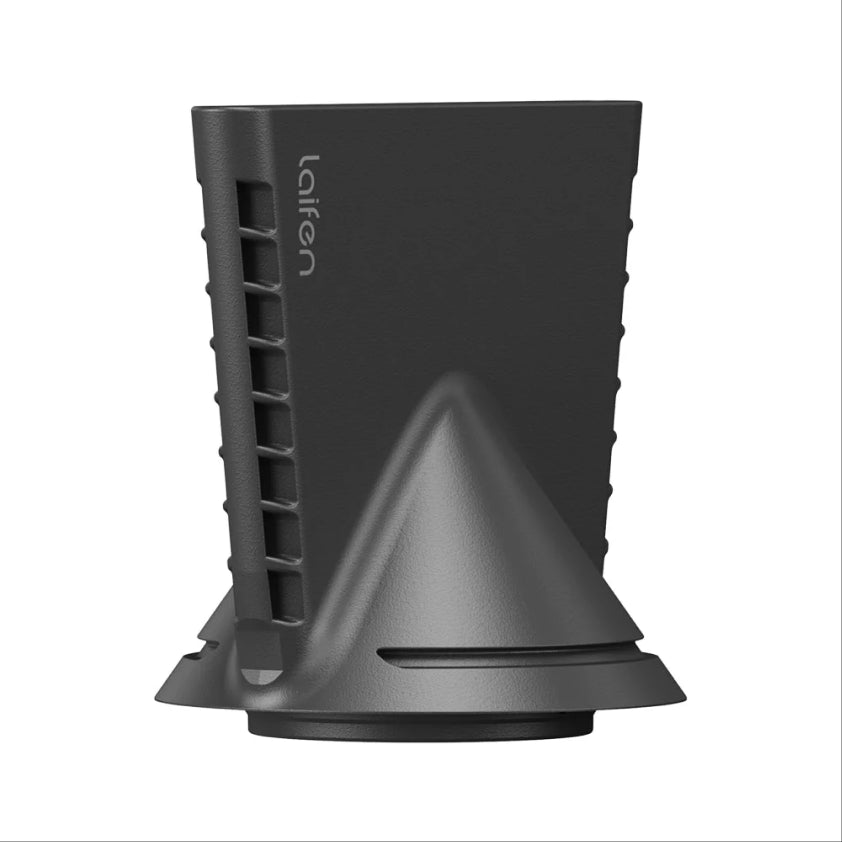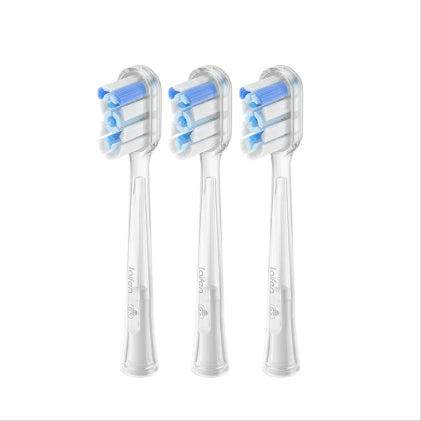
In this article
L'utilisation du fil dentaire est un élément essentiel de l'hygiène bucco-dentaire quotidienne. Il permet d'éliminer les particules alimentaires et la plaque dentaire entre vos dents, ce que la brosse à dents ne peut pas atteindre. Mais qu'est-ce qui est le mieux : le fil dentaire ciré ou non ciré ? Le fil dentaire ciré est recouvert d'une fine couche de cire, ce qui facilite son glissement entre les dents. Il est généralement plus résistant et moins susceptible de se déchirer. Certains fils dentaires cirés sont également aromatisés ou contiennent du fluor, ce qui offre une sensation plus fraîche en bouche.
Quelle est la différence entre le fil dentaire ciré et non ciré ?
Le fil dentaire non ciré est plus fin et généralement fabriqué en nylon, sans couche de cire ajoutée. Cela peut le rendre plus difficile à manipuler, surtout si vos dents sont rapprochées. Cependant, le fil dentaire non ciré a l'avantage de s'étendre légèrement, créant ainsi une plus grande surface de contact avec les dents, ce qui peut permettre un nettoyage plus approfondi. La principale différence entre le fil dentaire ciré et le fil dentaire non ciré réside dans leur facilité d'utilisation et leur confort.
Quand faut-il utiliser du fil dentaire non ciré ?
Le fil dentaire non ciré est idéal pour les personnes dont les dents ne sont pas trop serrées. S'il y a suffisamment d'espace entre vos dents, ce type de fil peut maximiser ses avantages. Les fibres fines du fil dentaire non ciré se déploient pendant l'utilisation, ce qui lui permet d'entrer en contact avec plus de surfaces et d'éliminer plus de plaque et de particules alimentaires. C'est également une bonne option pour ceux qui préfèrent le fil dentaire sans arômes ajoutés ni cire. Cependant, si vos dents sont serrées ou si vos gencives sont sensibles, le fil dentaire ciré peut être le meilleur choix.
Fil dentaire ciré ou non ciré : lequel est le meilleur ?
Cela dépend de vos besoins et préférences personnels. Le fil dentaire ciré est plus facile à utiliser et moins susceptible de se déchirer, ce qui en fait un choix populaire pour les personnes ayant des dents serrées ou des gencives sensibles. Le fil dentaire non ciré, en revanche, peut fournir un nettoyage plus approfondi en raison de sa capacité à s'étendre et à couvrir une plus grande surface. Alors que le fil dentaire ciré glisse facilement et est moins susceptible de se déchirer, le fil dentaire non ciré a tendance à être plus efficace pour éliminer la plaque dentaire.
Comment utiliser correctement le fil dentaire
La technique d'utilisation du fil dentaire est simple, mais de nombreuses personnes font des erreurs. Voici quelques conseils pour utiliser correctement le fil dentaire :
- Utilisez environ 45 cm de fil dentaire.
- Enroulez le fil dentaire autour de vos doigts.
- Faites glisser doucement le fil dentaire entre vos dents.
- Évitez les mouvements rapides de va-et-vient.
- Formez un « C » avec le fil dentaire autour de chaque dent.
- Nettoyez les deux côtés de chaque dent.
- Utilisez un nouveau morceau de fil dentaire pour chaque dent.
- Soyez doux avec vos gencives.
L’utilisation régulière du fil dentaire est essentielle pour prévenir l’accumulation de tartre et les maladies des gencives, que vous choisissiez du fil dentaire ciré ou non ciré.
Comparaison entre fil dentaire ciré et non ciré
Le fil dentaire ciré et non ciré présente tous deux des avantages. Le fil ciré est plus facile à utiliser et glisse plus facilement entre les dents, ce qui le rend idéal pour les personnes ayant des dents serrées ou des gencives sensibles. En revanche, le fil dentaire non ciré peut offrir un nettoyage plus approfondi, car il se dilate et couvre une plus grande surface entre les dents.
En complément du fil dentaire adapté, la brosse à dents Laifen Wave peut être un excellent complément à votre routine quotidienne de soins bucco-dentaires. Grâce à de douces vibrations soniques, elle élimine efficacement la plaque dentaire et aide à prévenir le tartre. Elle propose différents modes de nettoyage pour répondre à différents besoins, garantissant ainsi la santé de vos gencives. Sa conception innovante garantit également un nettoyage en profondeur des zones difficiles d'accès.
Conclusion – Fil dentaire ciré ou non ciré ?
Quel est le meilleur choix : le fil dentaire ciré ou non ciré ? Cela dépend vraiment de vos préférences et de vos besoins personnels. Les deux types offrent des avantages et contribuent à la santé dentaire globale. Le fil dentaire ciré est plus facile à utiliser et est bénéfique pour les gencives sensibles, tandis que le fil dentaire non ciré offre généralement un nettoyage plus approfondi. Le facteur le plus important est l'utilisation régulière du fil dentaire pour éliminer la plaque dentaire et prévenir l'accumulation de tartre. Associé à la bonne brosse à dents, comme la Laifen Wave , vous pouvez créer une routine de soins bucco-dentaires efficace qui protégera votre santé dentaire à long terme.



















